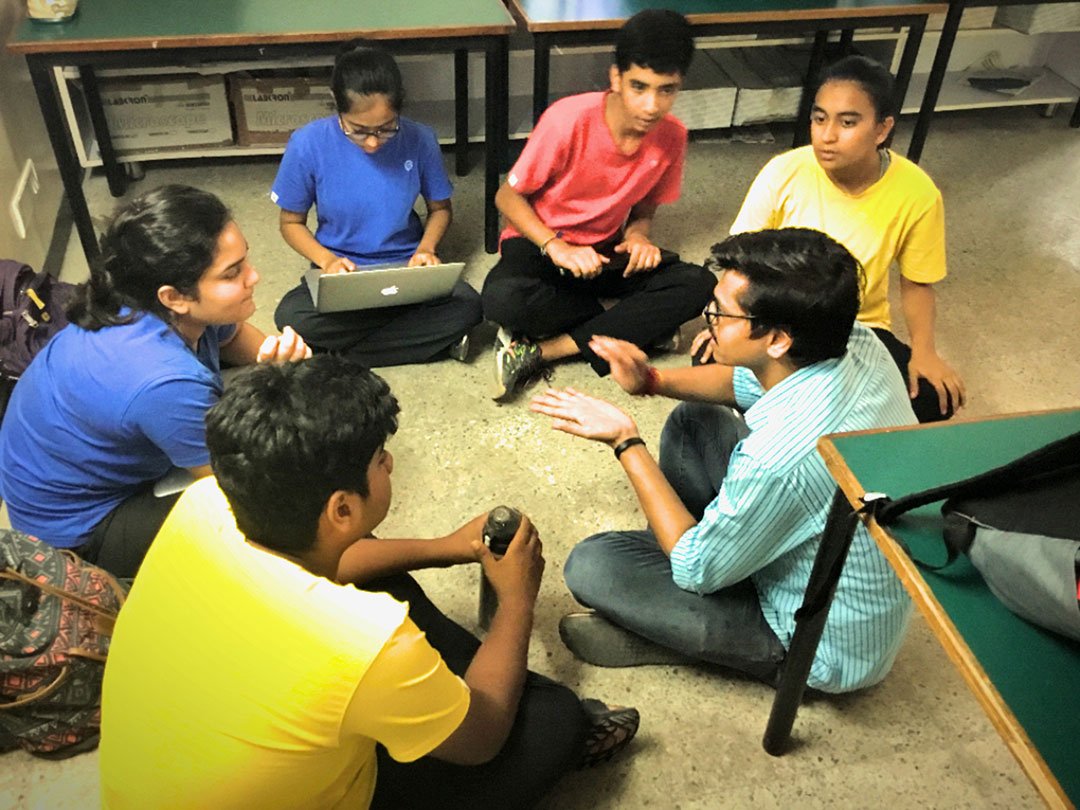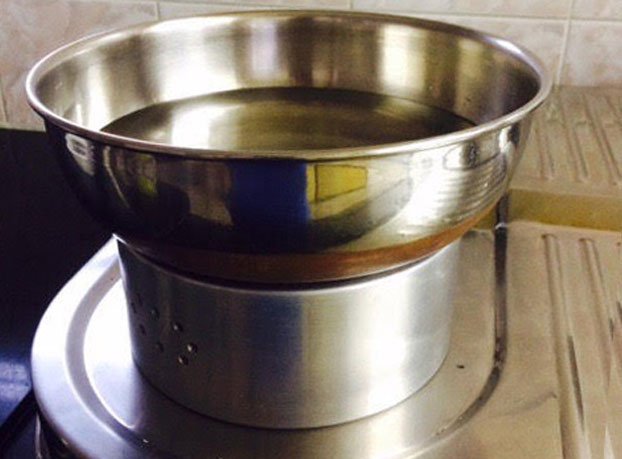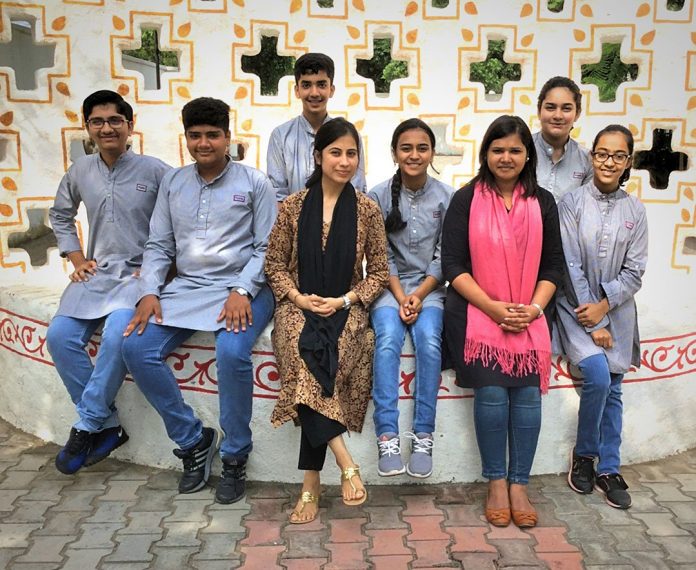‘Necessity is the mother of Invention’ and it has been proven true by the group of 15-year-olds from The Galaxy School – Wadi in Rajkot, Gujrat. Under the mentorship of Priyanka Lakhwani and Anuya Mudholkar, these 9th-grade students designed one product to forfend their mothers from unbearable heat. This project was come into the picture at the ‘I CAN Awards 2017’ organized by the non-profit Design for Change.
The students have been observing their mothers sweating it out in the kitchen throughout the year even on hot sunny days. When major problems from female infanticide to sheltering the homelessness were buzzing all around they asked themselves a simple question in 2017, what is the point of ‘taking a mighty leap’ when problems at their homes are not looked at first?

Their love and care to their mothers provoked them to design a unique product which covers the flame of the burner and allow to cook with the fan on. Gujarat is infamous for its hot summer and unbearable heat after a power cut.
The student said, “Imagine a similar ordeal being faced by our mothers for a few hours every single day.”
“Many women, on average, spend four hours a day cooking for the family while the fan is turned off.”
Initially, these students consulted a doctor to know about the long-term perilous impacts, such as rashes and irritations, because of excess sweating. Most of the people are still unaware of these long-term consequences.
Their first step towards this project is to plan a design solution. They were inspired to do this by following the simple 4-step formula of ‘Feel-Imagine-Do-Share’ developed by Design for Change.

They started imagining and implement an actual solution to this problem. In their research students tried to combine concepts of Chemistry and Physics to learn how heat spreads on a burner. But they discover that there is no such product, to cover the sides of the burner and prevent the breeze from reaching the flames exist and no seller of gas burners had thought of it yet.
An experimentation started with a ring that could surround the burner and hold the vessel above it. Then the second one was an L-shaped, 45-degree angle-stand which could block the breeze from approaching the flame. Likewise, they experimented few more, but they had their own kinds of demerits.

Finally, they decide to design a ring using material either aluminum or fire clay. They were in search of a material which would be strong enough to hold a vessel and lightweight for comfort. They then tested prototypes of both the materials.
Aluminum was one chosen finally because of its high melting point.
The prototypes were manufactured in the factory of one student’s father with the assistance of team works there. In the beginning, on testing the product, each time they were putting a ring on the burner they found that the flame would become extinguished and the ring would get heated up very quickly. This was happening since flame was not receiving oxygen.

At last, they drilled holes in the ring to let the combustion process take place.
Once the project was ready, they started sharing their innovation amongst vicinity, school staff, and teachers. People found this product helpful to tolerate summer heat.
One of the teachers tested the product and said that her own aged mother had come by for a visit and remarked, “It took so many generations for someone to come up with a solution when this problem has existed since my time.”
The student said, “45-50 people have benefited from the product so far and can now cook comfortably.”
The project was selected in the category ‘D’art of Science/Prototype’ at the “I CAN Awards 2017’. The students Megha Thesia, Vaibhav Ramani, Vedanshi Kakadia, Mahesh Jorana, Nisarg Bediya and Mehek Parekh where actively involved in this project.
